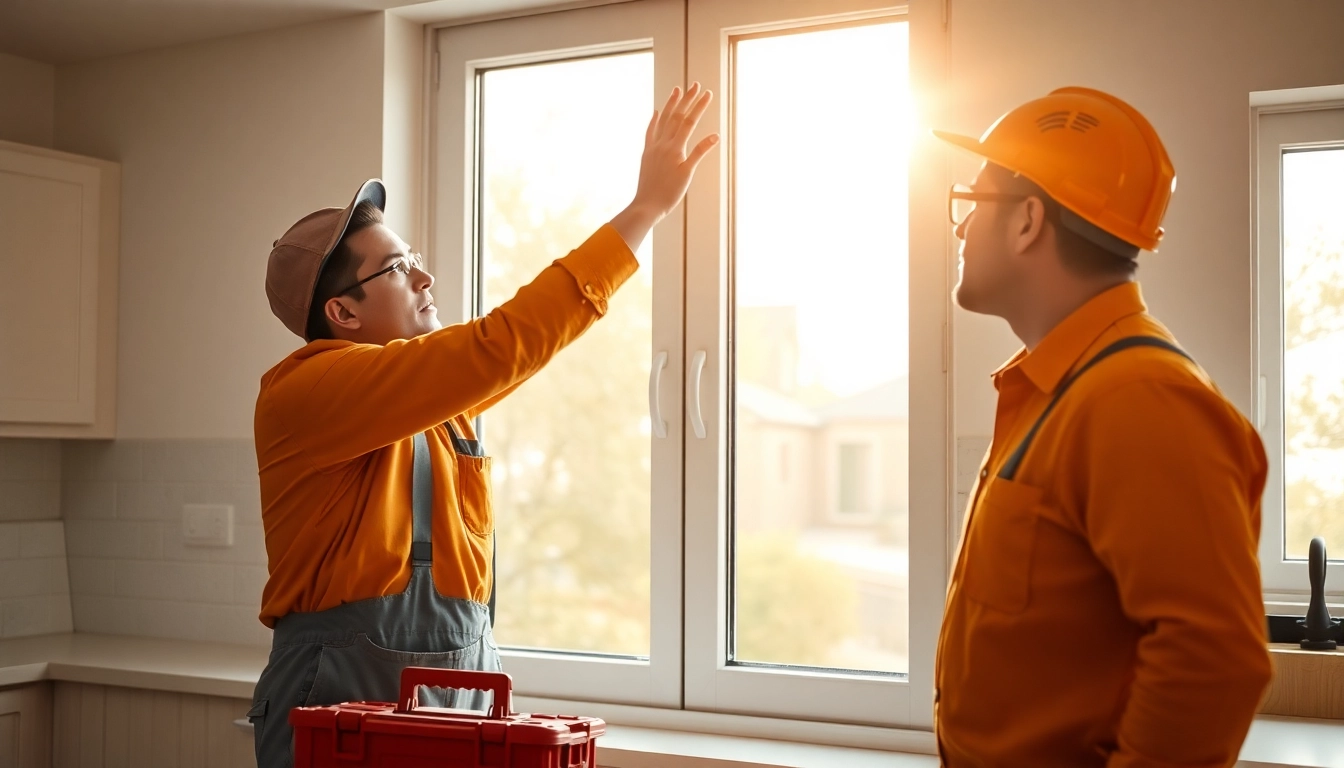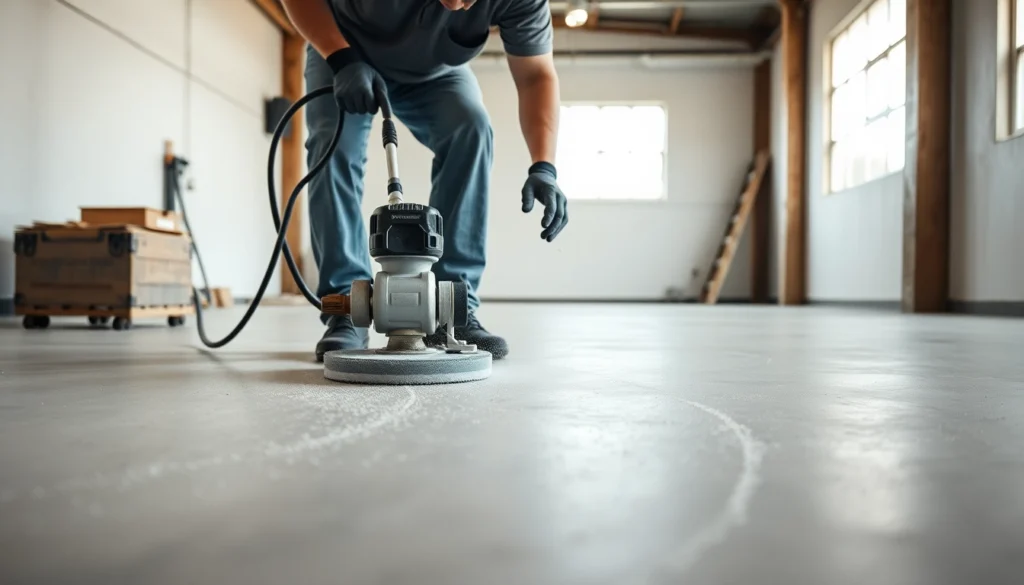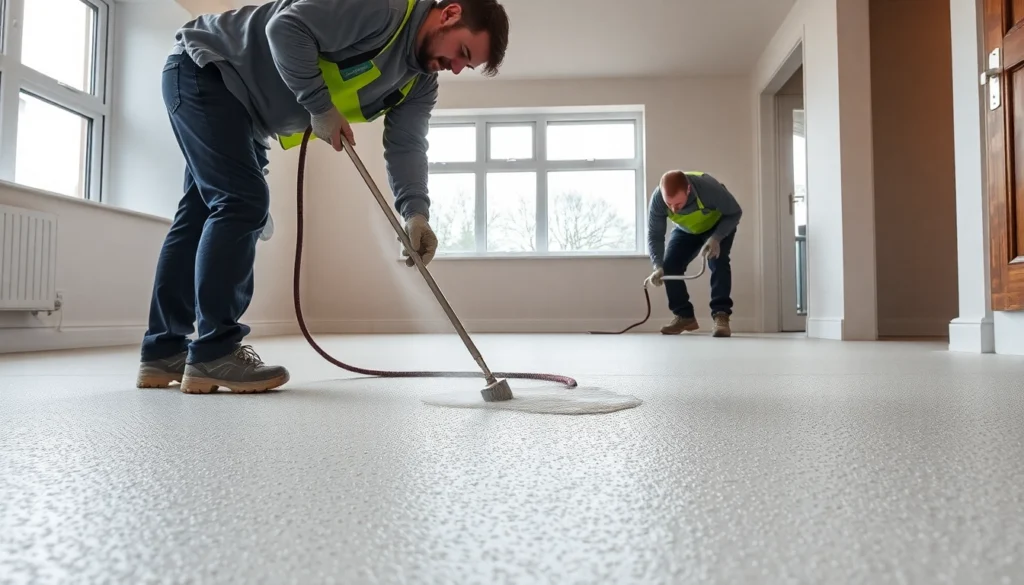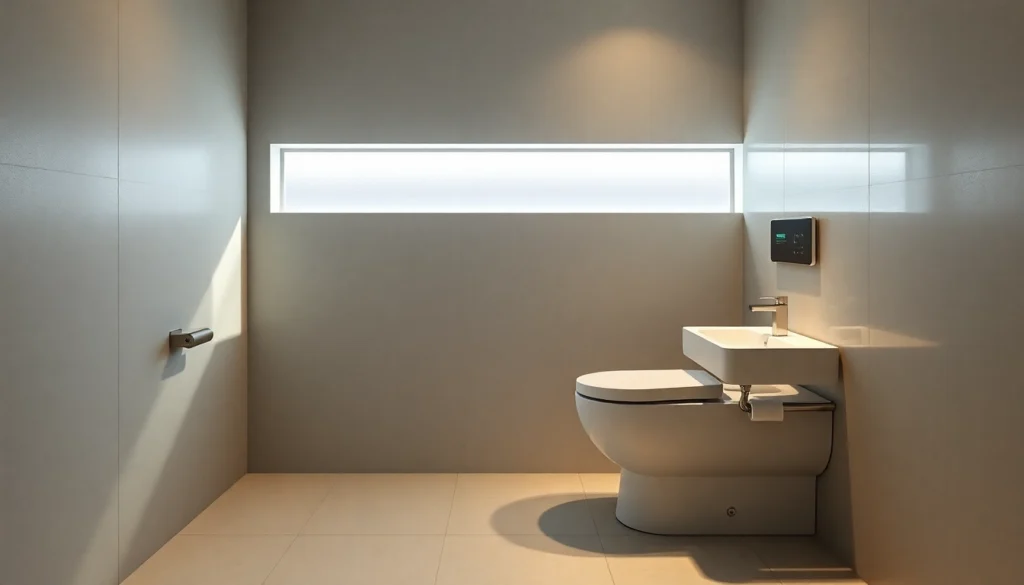Choosing the right window project partner is about more than a single installation. It’s a strategic decision that impacts comfort, energy efficiency, and long‑term home value. This guide consolidates practical steps, examples, and concrete tips to help you evaluate local window contractors and make informed, ROI‑driven choices.
For many homeowners, sourcing credible professionals starts with evaluating window contractors near me.
Understanding Window Projects and What Window Contractors Near Me Offer
Why choose a window contractor near me
Local window contractors bring neighborhood knowledge: climate considerations, local building codes, and seasonal scheduling align with your calendar. They coordinate with nearby suppliers, manage permits when needed, and offer responsive service for warranty work. A nearby expert is often easier to verify through local references and portfolio samples, which reduces risk compared with national-only options.
Key window types and installation options
Common window types include vinyl, wood, fiberglass, and aluminum frames, each with distinct durability, insulation, and maintenance profiles. Installation approaches typically fall into retrofit (insert) or full-frame replacement. Retrofit preserves the existing frame and can be faster and less invasive, while full-frame installations maximize insulation and allow for major frame repairs. Understanding suitability for your openings, energy goals, and architectural style helps you select the right type and installation method.
Assessing project scope and goals
Begin with a clear inventory: how many openings, existing frame conditions, and whether you aim for curb appeal, energy savings, or improved functionality (e.g., better operability). Set a target for energy performance (U-values, solar heat gain, and Weatherization) and a realistic timeline. Document any renovation constraints, such as HVAC access or coordinating with other trades, to avoid delays.
How to Vet Local Window Contractors: Credentials, Experience, and Reviews
Licensing and insurance: essential protections
Verify that the contractor holds a valid state license appropriate to window replacement and that they carry general liability and workers’ compensation insurance. Request a current certificate of insurance and confirm naming of your project as an additional insured where applicable. This safeguards you against accidental damage and injuries on your property.
Certifications and manufacturer credentials
Look for manufacturers’ certified installers and contractors with recognized credentials (for example, brands that require installer training or certification). These credentials indicate adherence to installation standards, which correlates with better performance, warranty eligibility, and post-installation service.
Reading reviews and portfolio samples
Assess consistency across multiple sources: recent client feedback, project galleries, and documented before/after photos. A thorough portfolio demonstrates installation quality across window styles, materials, and opening conditions. While online reviews are valuable, prioritize recent, project-specific examples and note how the contractor responds to any concerns.
Estimating Cost, Budgeting, and ROI with Window Contractors Near Me
Breaking down typical costs: material, labor, and permits
Costs generally comprise materials (frames, glass, hardware), labor, and any required permits or inspections. Material choices—vinyl versus wood or fiberglass, double versus triple glazing, and Low‑E coatings—shape both price and long-term performance. Labor includes removal, framing changes, insulation, sealing, and trim work. A detailed quote should itemize each component to illuminate where value comes from and where tradeoffs are possible.
Return on energy efficiency and long-term savings
Energy‑efficient windows reduce heat transfer and can lower heating and cooling costs over the life of the product. The financial payoff varies by climate, usage patterns, and installation quality. In many cases, the upfront premium for high‑efficiency windows is offset by energy savings, reduced indoor temperature swings, and improved comfort—especially in extreme seasons.
Financing options and promotions
Many contractors offer financing plans, promotional discounts, or bundled packages for multiple openings. Explore options such as 0% financing or tax‑credit eligible models where available. Compare total cost of ownership over the life of the windows rather than focusing solely on upfront price.
Quotes, Timelines, Materials, and Guarantees: A Smart Selection Process
Requesting detailed quotes with specs
Ask for quotes that include window type, frame material, glazing, energy performance ratings, warranty details, installation method, and site conditions. Require a defined scope of work, including removal of old units, disposal, and any required structural work. Quotes should be apples-to-apples to enable fair comparison.
Comparing timelines and project management
Clarify start dates, expected duration, sequence of tasks (survey, fabrication, installation, inspection), and how weather or supply constraints affect the schedule. A reputable contractor provides a realistic timeline and a communication cadence that keeps you informed throughout the project.
Warranties and service guarantees
Understand both product warranties (covering glass and frames) and installation workmanship guarantees. Document what is covered, the duration, and how service requests are handled. A solid warranty offers peace of mind against leaks, seal failures, or hardware malfunctions after installation.
Maintenance, Upgrades, and Long-Term Value with Local Window Contractors Near Me
Basic maintenance tips after installation
Regular cleaning of frames and tracks, lubrication of moving parts, and inspection of caulking help preserve performance. Keep drainage channels clear and monitor for signs of moisture intrusion around sills and seals. Following manufacturer maintenance guidelines extends window life and preserves warranties.
Seasonal checks and weatherization
Seasonal checks—particularly before heavy storms or extreme cold—should include sealing around frames, inspecting weatherstripping, and ensuring proper drainage. Weatherization improvements, such as improved foam insulation and sealant touch-ups, pay dividends in comfort and energy efficiency.
Upgrading components: screens, coatings, hardware
Consider upgrades that enhance usability and longevity: durable screens, Low‑E glass coatings for solar control, and corrosion-resistant hardware. These enhancements improve performance, reduce maintenance needs, and preserve the aesthetic appeal of your investment over time.



